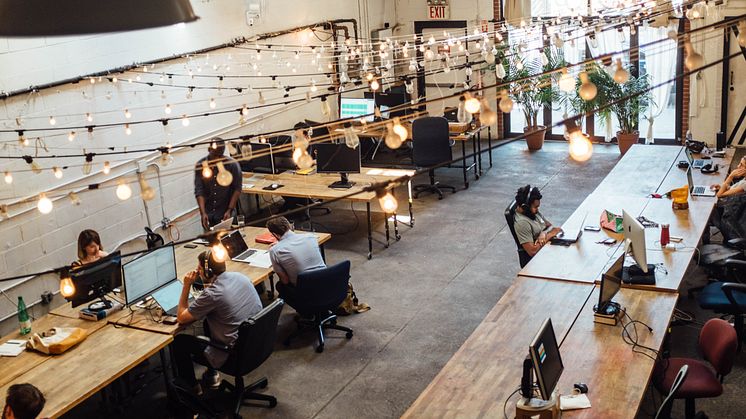
Blog post -
Protecting Our History Surrounding Fire and Smoke
Occasionally, the unthinkable happens near, or in the case of Notre Dame inside, our historic buildings, museums and art galleries. To keep the contents of these artefact filled buildings in good condition, preserving often centuries of history, one of the most important factors is air quality.
Critical parameters for air quality in museums include temperature, relative humidity, lighting, particulate pollution (dust), molecular (gaseous) pollutants, and pests. Various filter solutions are available, but molecular filtration offers a particularly cost-effective method of controlling harmful gaseous pollutants which can otherwise have devastating results.
Sulphur dioxide, for example, blackens old paintings, oxides of nitrogen corrode bronzes and stone sculptures, and ozone accelerates the deterioration of paper, textile and other organic materials.
Activated carbon molecular filtration can control these harmful gases. Microporous activated carbon comprises a network of inter-linked fissures and pores. When a gas molecule collides with the carbon surface, an attraction is formed and it is retained.
Camfil has designed and supplied air filtration systems to many well-known museums and art galleries globally, including the Uffizi Gallery in Florence, the British Library in London and Moderna Museet in Stockholm.
It also helped at the Germanisches National Museum in Nuremberg which contains more than 1.3 million objects and 25,000m2 of exhibition space. Many of its works of art represent a major source of particles and gases when they are moved or cleaned and this caused breathing complaints, nausea and eye irritation among employees.
Dust-binding light metals were also found in high concentrations, particularly in the museum’s photo department where exhibition objects are photographed and documented. Furthermore, the work environment was affected by the use of flash photography, which generated high ozone emissions.
Finally, the museum’s oversized ventilation system caused severe dust turbulence. Camfil’s CamCleaner 2000 was chosen to address these concerns because it is equipped with HEPA (High Efficiency Particulate Air) filters which trap dust particles and microbes.
The unit for the museum was tailor-made with an attachment for six activated carbon filter cartridges to provide both particle and molecular filtration. The CamCleaner is mounted on a trolley for easy movement around the museum.
Another high-profile project – this time at the Art & Historical Museum in St Petersburg, Russia – has more than three million artefacts within its collections, of which only a small part are permanently on display. Restoration work, however, creates dust and particles which require more cleaning of the artefacts which can, in turn, damage them.
Camfil conducted air quality tests to determine the level of particles present which resulted in the company recommending specialist purifiers. Based on the space and layout, Camfil recommended CamCleaner 800 units, and the client subsequently installed 60 units throughout the museum display rooms, corridors and reception areas.
In 2014, Camfil was awarded the diplomat award by the International Association of Museum Facility Adminsistrators for contrbutions to the state of design, construction, operation and maintenance of cultural facilities around the globe.
Next time you’re enjoying the sights of your local museum, consider the army of air filtration equipment that is helping to preserve history, art and culture from across the globe.





